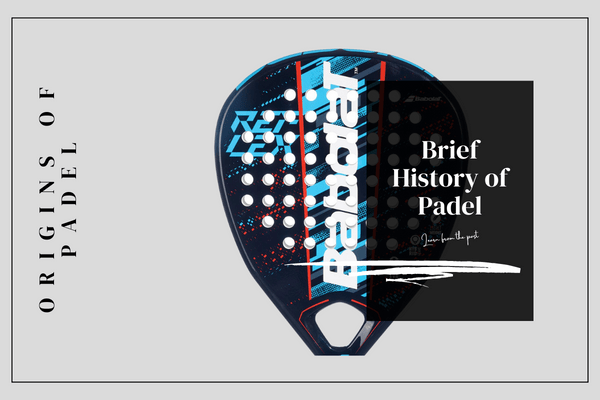Brief History of Padel Origins
Padel is a racket sport that has been growing in popularity in recent years. The game is similar to tennis, but it is played on a smaller court with a solid paddle racket and a low net. In this blog post, we will explore the history of padel and how it has developed over time.
Padel was first invented in 1969 by Mexican businessman Enrique Corcuera, who wanted to create a new sport that could be played in his backyard. Corcuera designed the game to be played on a small court surrounded by walls, with the ball being allowed to bounce off the walls as part of the game.
The first padel court was built in Acapulco, Mexico, and the game quickly gained popularity in Spain and other Spanish-speaking countries. The sport then began to spread to other countries in Europe, including Portugal, Italy, and France.
One of the main reasons for the popularity of padel is its accessibility. Unlike tennis, which requires a large court and specific equipment, padel can be played on smaller courts and with cheaper equipment. This makes it a more accessible sport for people of all ages and abilities.
Over time, padel has continued to evolve, with changes being made to the rules and equipment. For example, the ball used in padel is now similar to a tennis ball, but it is slightly smaller and has less pressure, making it easier to control. The paddles used in the game have also evolved, with newer models featuring advanced materials and designs that offer greater control and power.
In recent years, padel has experienced a surge in popularity, with more and more people taking up the sport. This has led to the creation of professional padel tournaments and the establishment of the International Padel Federation, which oversees the sport on a global level.
In conclusion, padel is a unique and exciting racket sport that has evolved significantly since its invention in 1969. With its accessible nature and growing popularity, padel is likely to continue to grow and thrive in the years to come.

